This week I will be sharing lessons I’ve learned as a lean leader and champion – in particular around visual management. The Lean Enterprise Institute (LEI) holds an annual Lean Transformation Summit 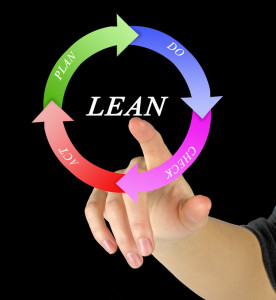 where experts and practitioners come together from all industries to learn from one another.
where experts and practitioners come together from all industries to learn from one another.
My talk will cover a multi-year journey that has involved learning from others both in and out of healthcare, site visits, training classes, lots of reading, and experiments with my leadership team. Most of my talk is based on my experience and lessons learned at the University of Michigan Health System.
I was delighted to see that University Hospitals where I’m currently the interim CIO has been on their own lean journey since 2011. At our hospitals you will see huddles and visual boards throughout. Thousands of staff have been trained in lean concepts and methods. In contrast, there have been limited experiments with lean at the corporate office. I have a few allies in my IT leadership team who have experience with lean in other organizations. A good start!
I would have been making a mistake to arrive at UH as the interim CIO and start introducing lean methods week one. I needed to see and hear the problems that need to be addressed. Continue reading

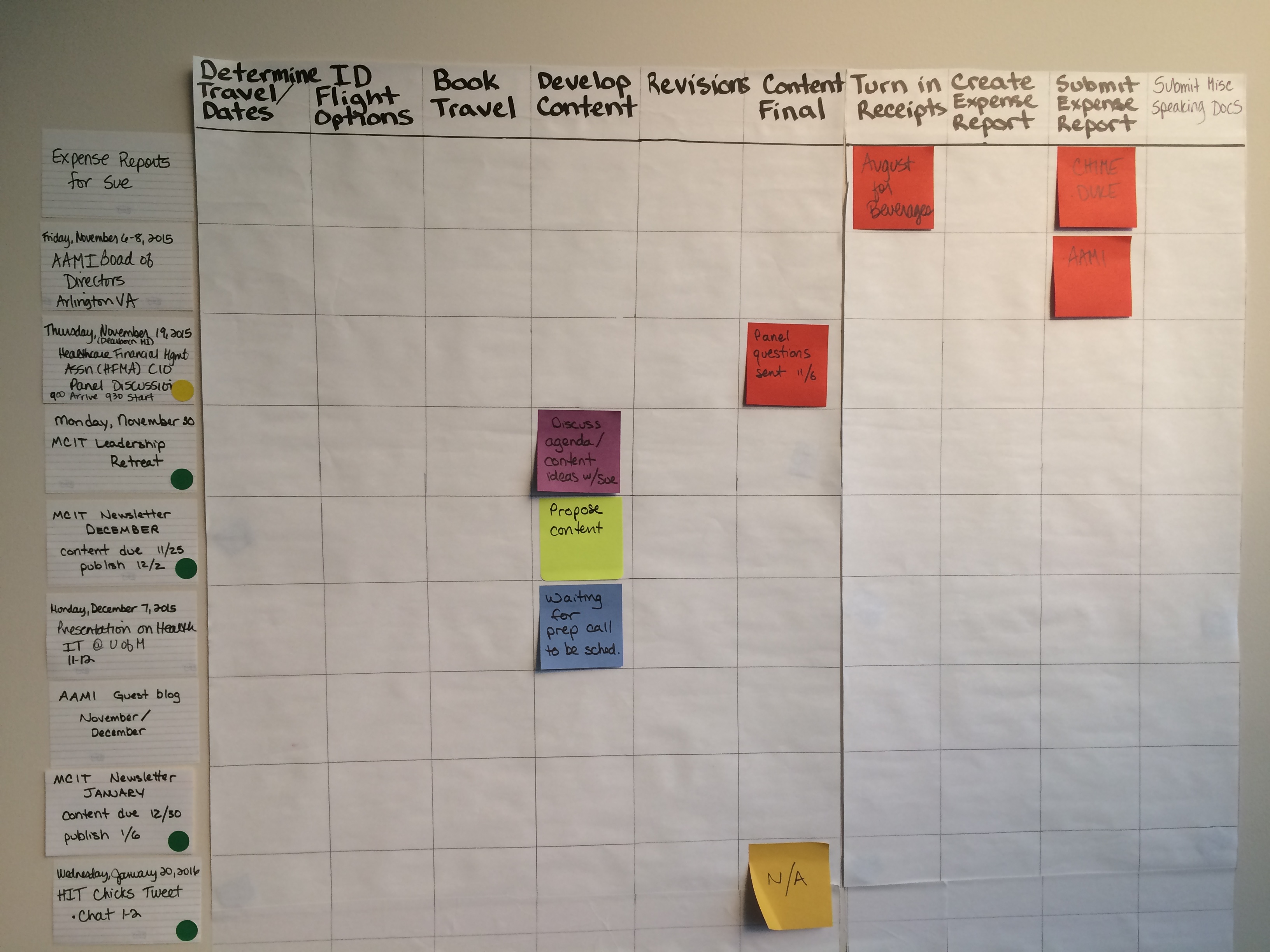 The past month has been a particularly busy one for me. I have spoken locally a few times and gone out of town on business several times as well. I’ve been to the CHIME Fall Forum, made a
The past month has been a particularly busy one for me. I have spoken locally a few times and gone out of town on business several times as well. I’ve been to the CHIME Fall Forum, made a  Recently I wrote that October was Quality Month and I highlighted
Recently I wrote that October was Quality Month and I highlighted 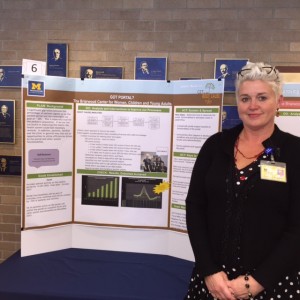
 It was good to hear how another academic medical center is approaching similar challenges and applying lean. Some of my takeaways from his talk and the lunch discussion that followed:
It was good to hear how another academic medical center is approaching similar challenges and applying lean. Some of my takeaways from his talk and the lunch discussion that followed: It is part of our developing lean Daily Management System.
It is part of our developing lean Daily Management System. CIOs need to understand the technical debt of a large application portfolio and the total cost of ownership (TCO) for systems. They need to find ways to reduce the cost of commodity services, and to create capacity for new work.
CIOs need to understand the technical debt of a large application portfolio and the total cost of ownership (TCO) for systems. They need to find ways to reduce the cost of commodity services, and to create capacity for new work. While I don’t know the specific context for the quote, it applies to business today. As leaders, unless we see the way work happens on the front line, we cannot understand the problems we need to solve and the barriers we need to remove. That doesn’t happen by just meeting in a conference room.
While I don’t know the specific context for the quote, it applies to business today. As leaders, unless we see the way work happens on the front line, we cannot understand the problems we need to solve and the barriers we need to remove. That doesn’t happen by just meeting in a conference room.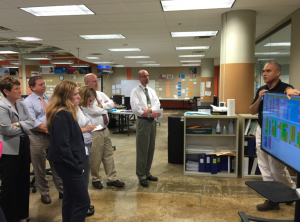
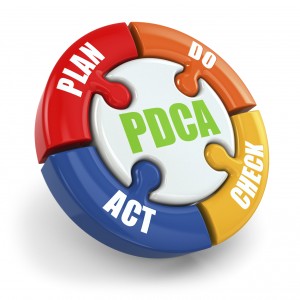
 This is part of Lean in Daily Work which also includes key visual metrics, visual boards, Everyday Lean Ideas (ELI), and leadership walks.
This is part of Lean in Daily Work which also includes key visual metrics, visual boards, Everyday Lean Ideas (ELI), and leadership walks.